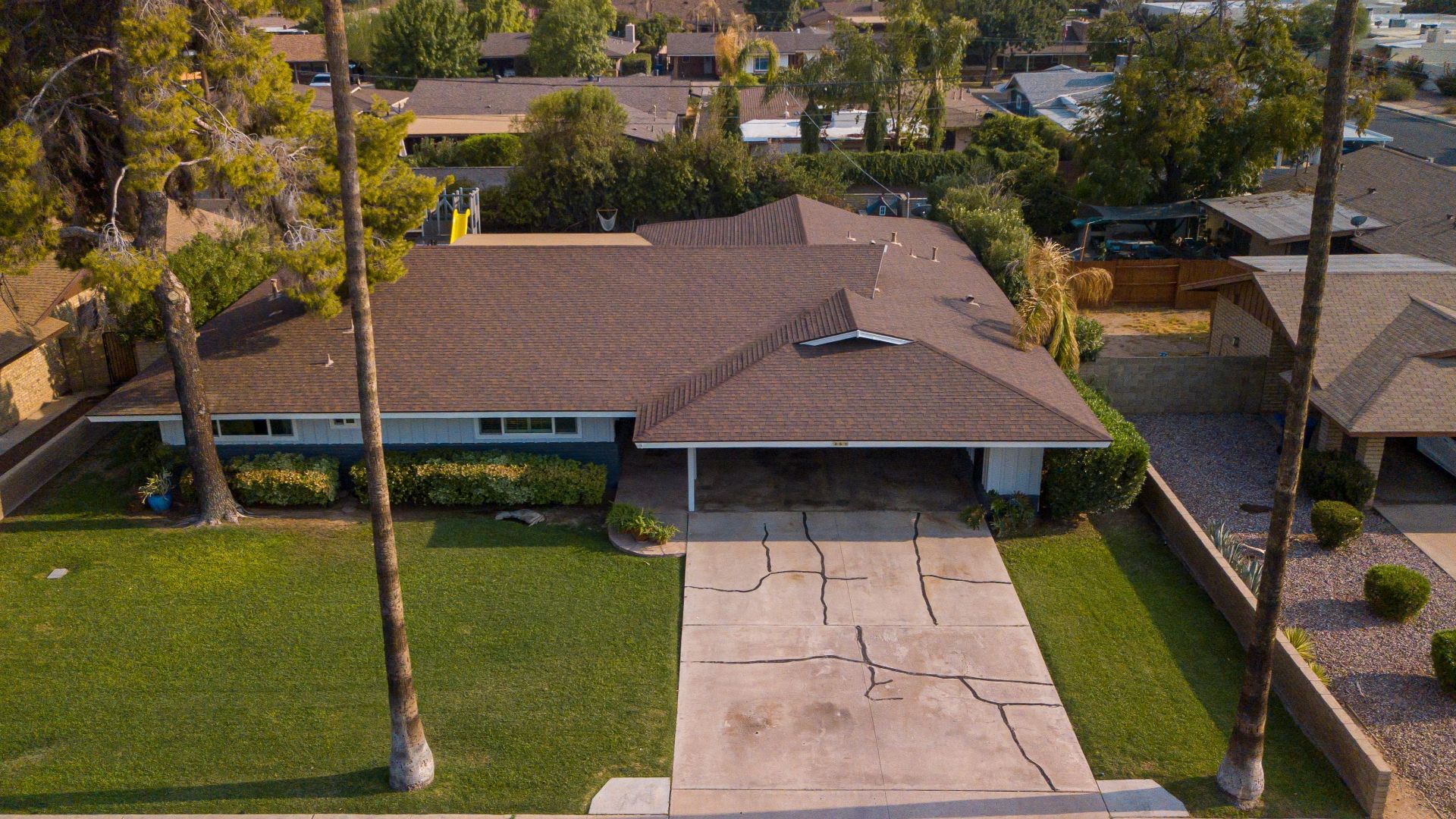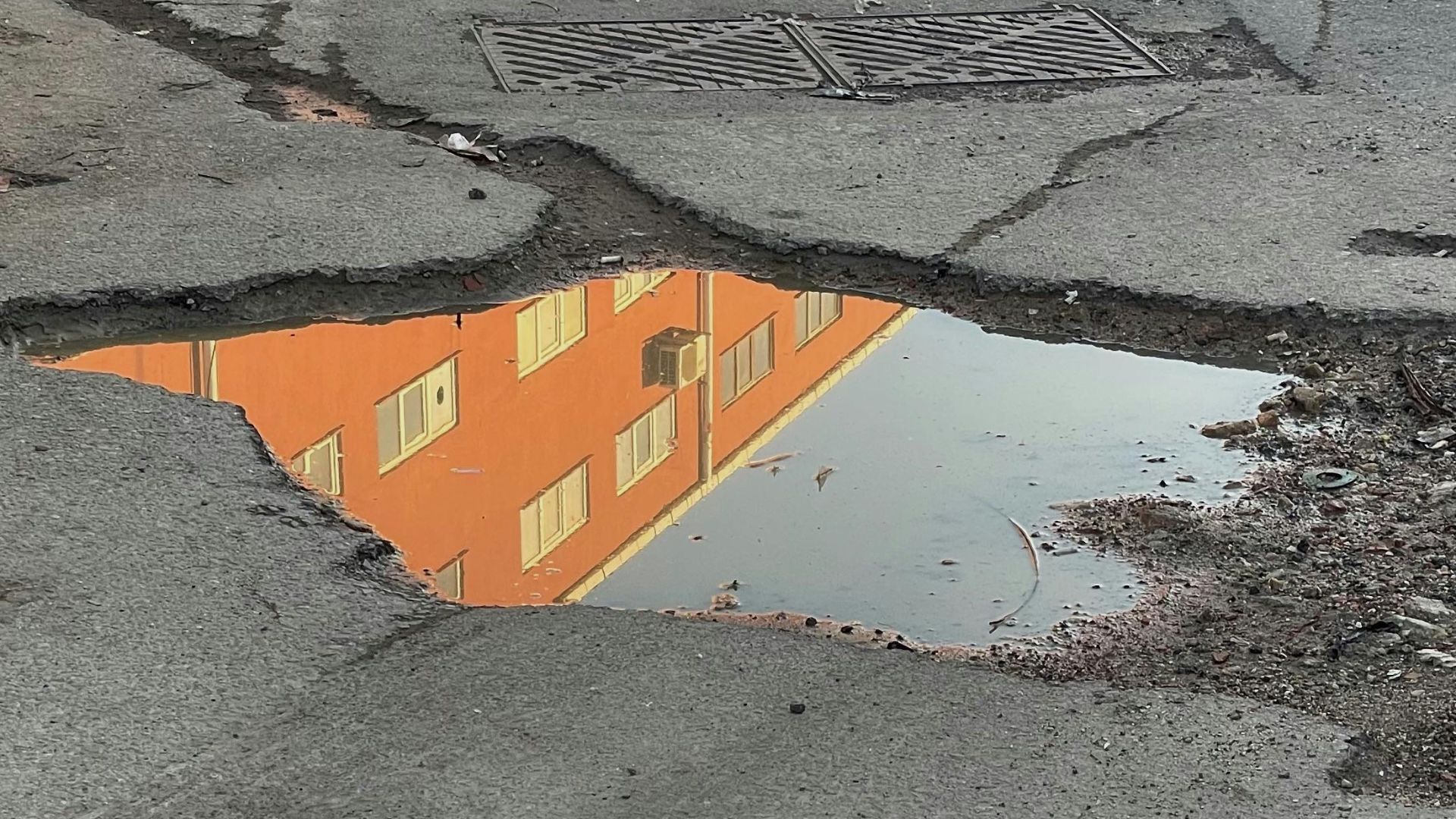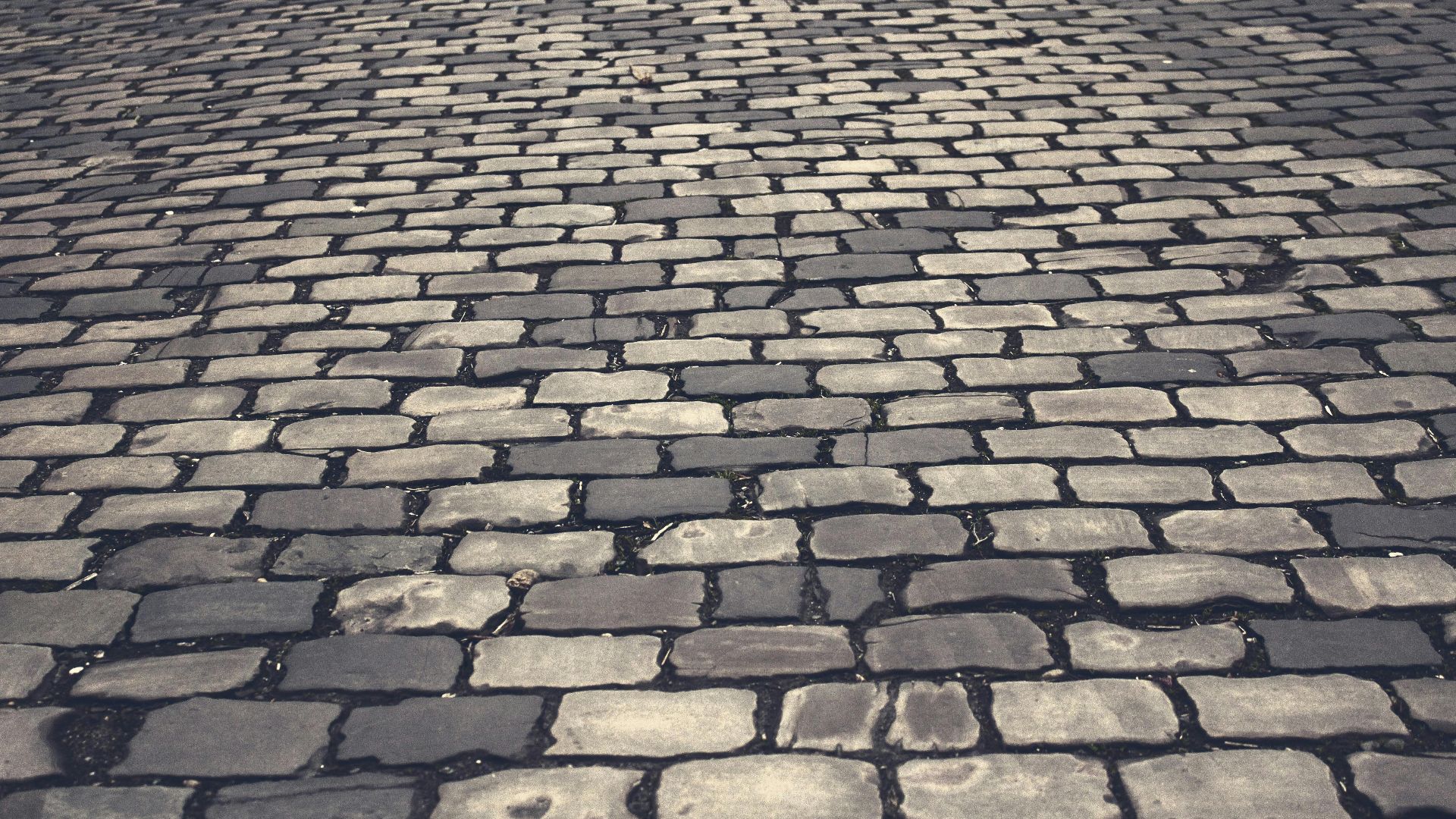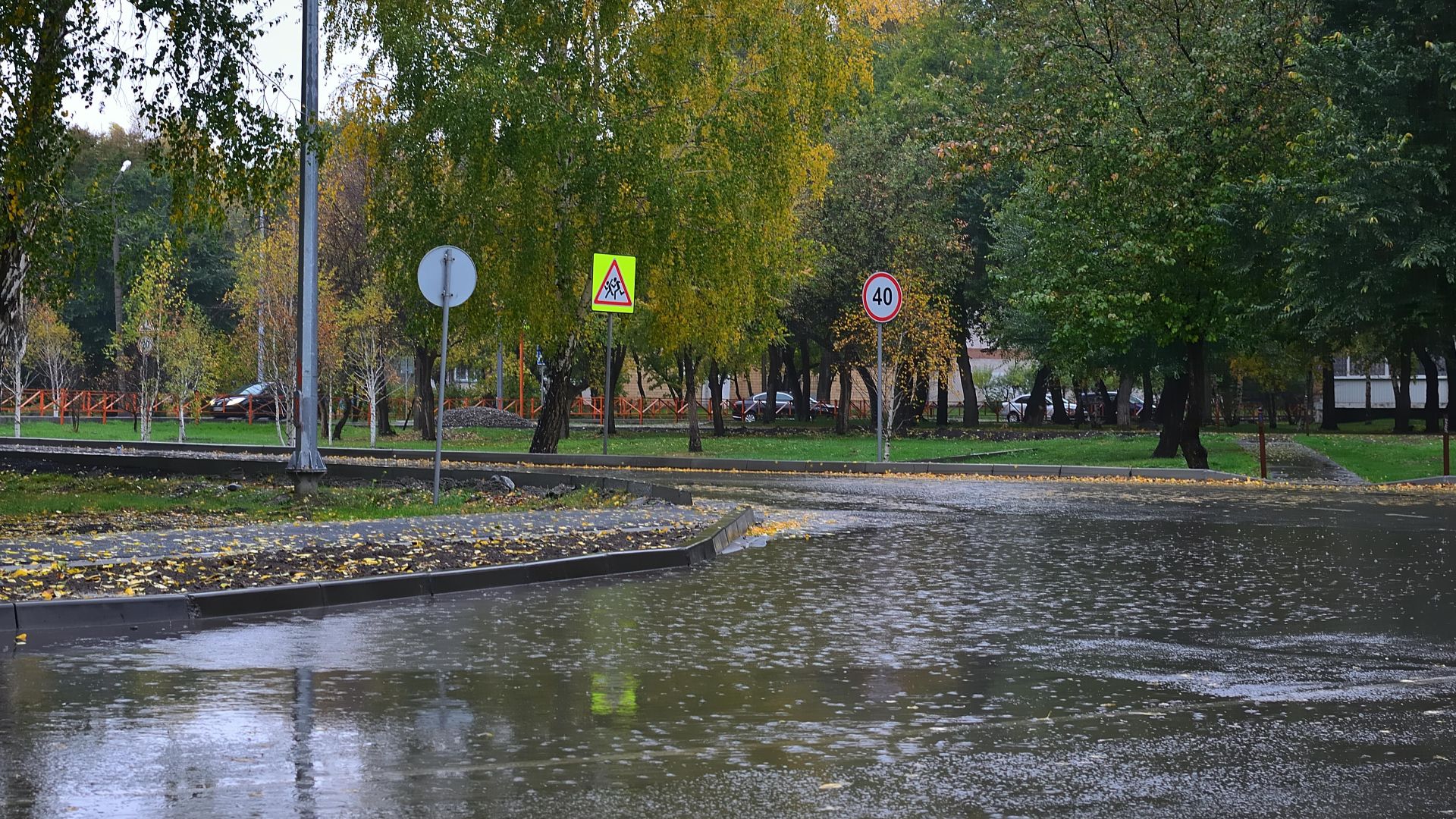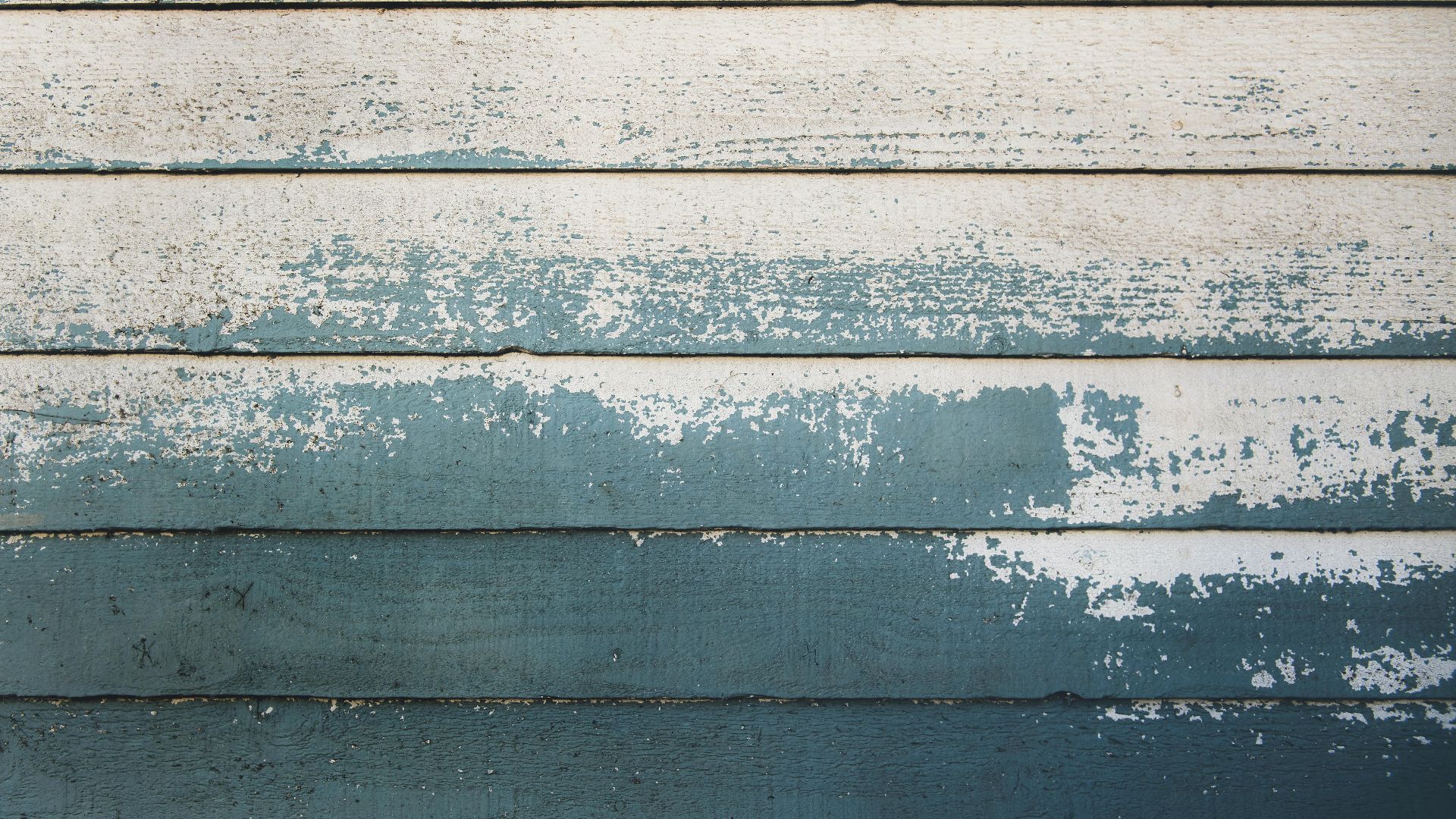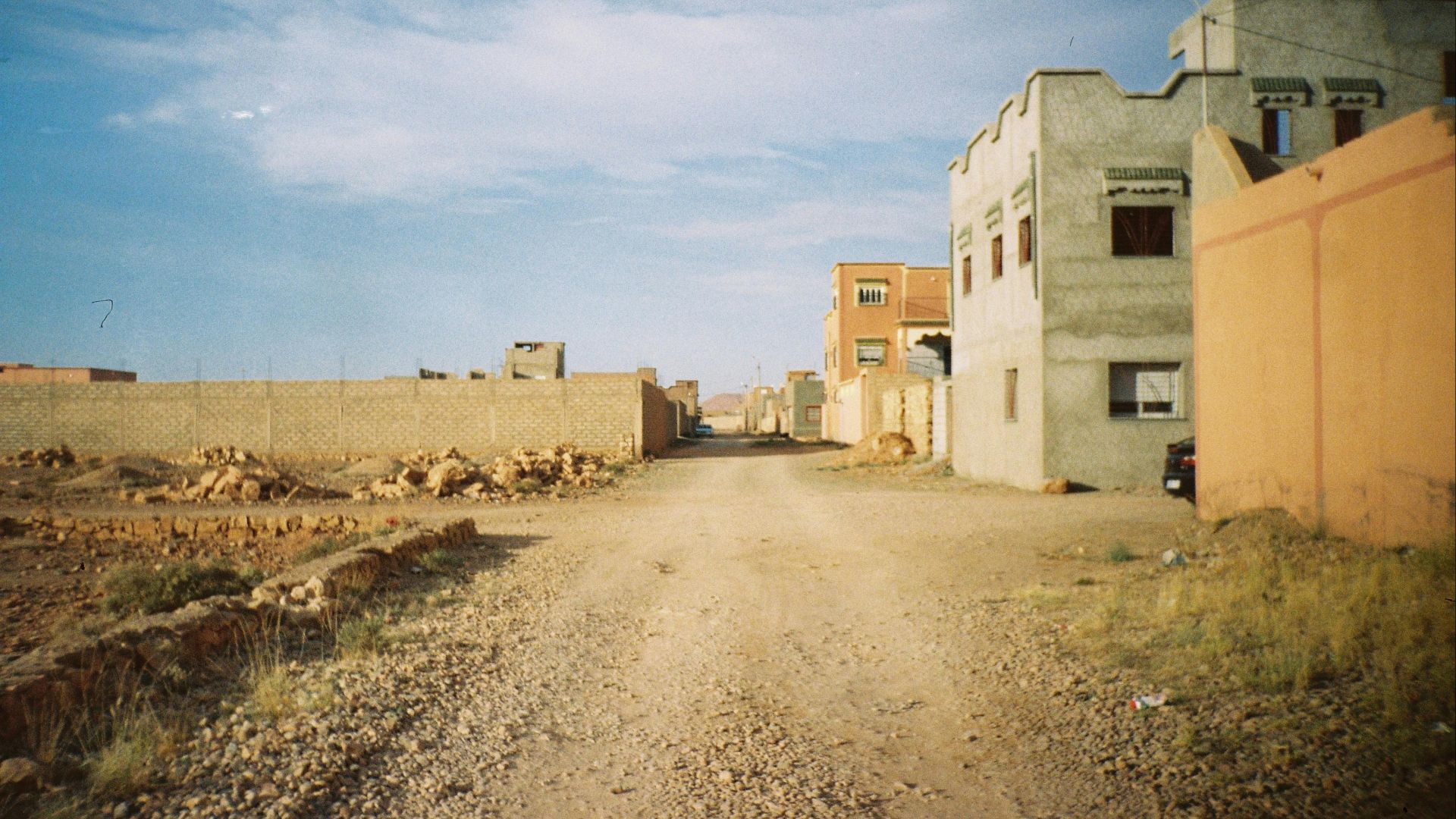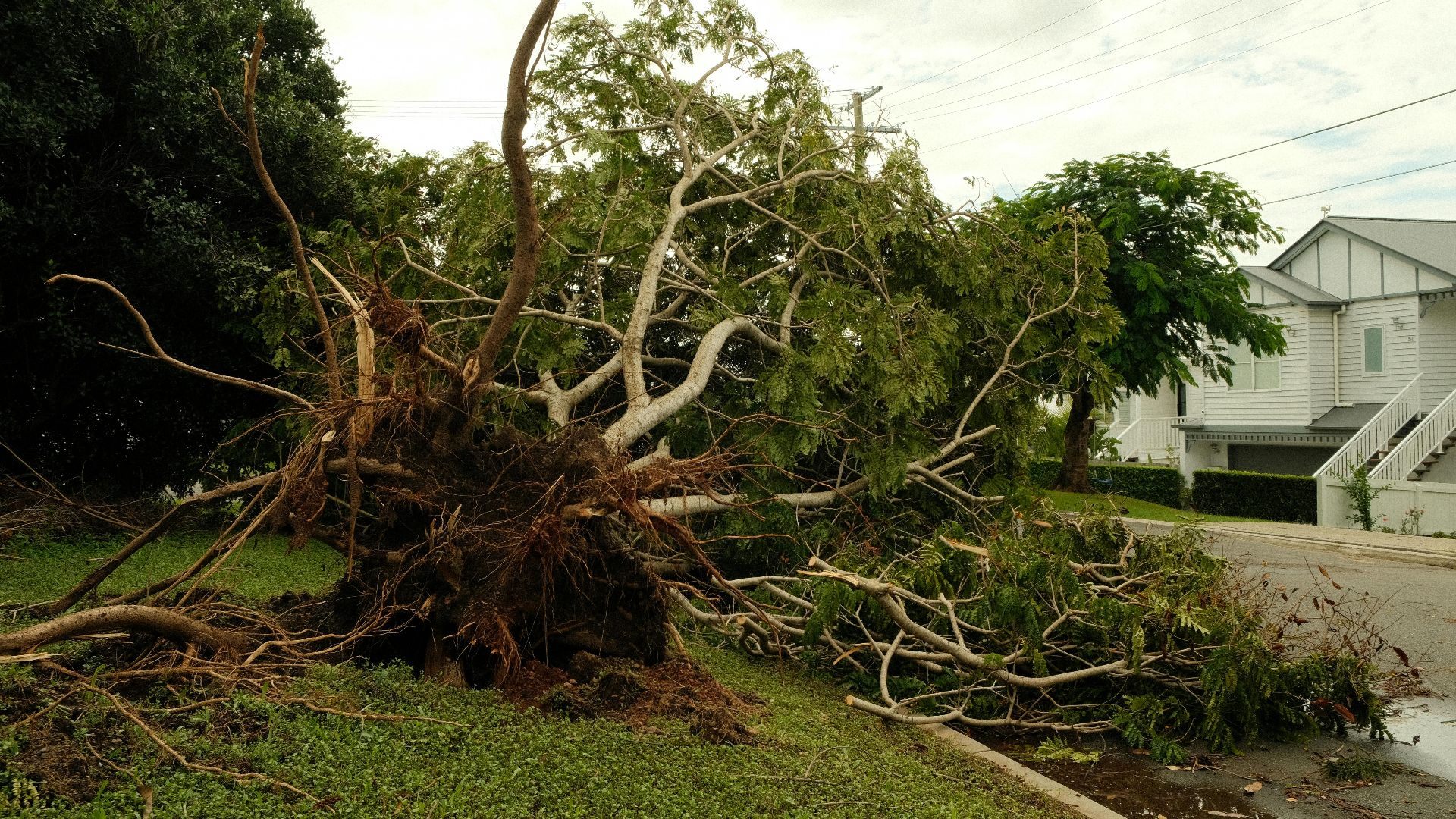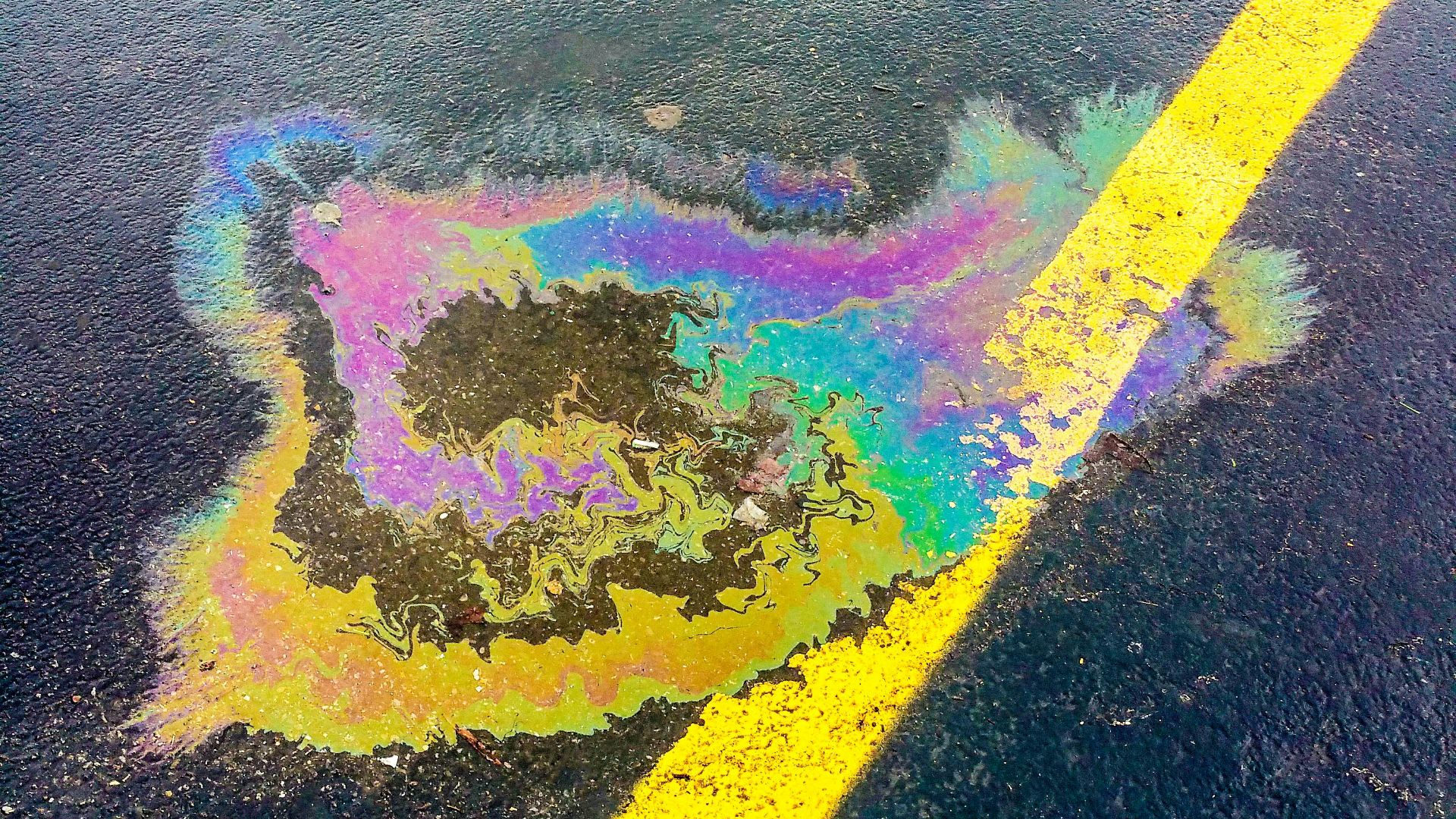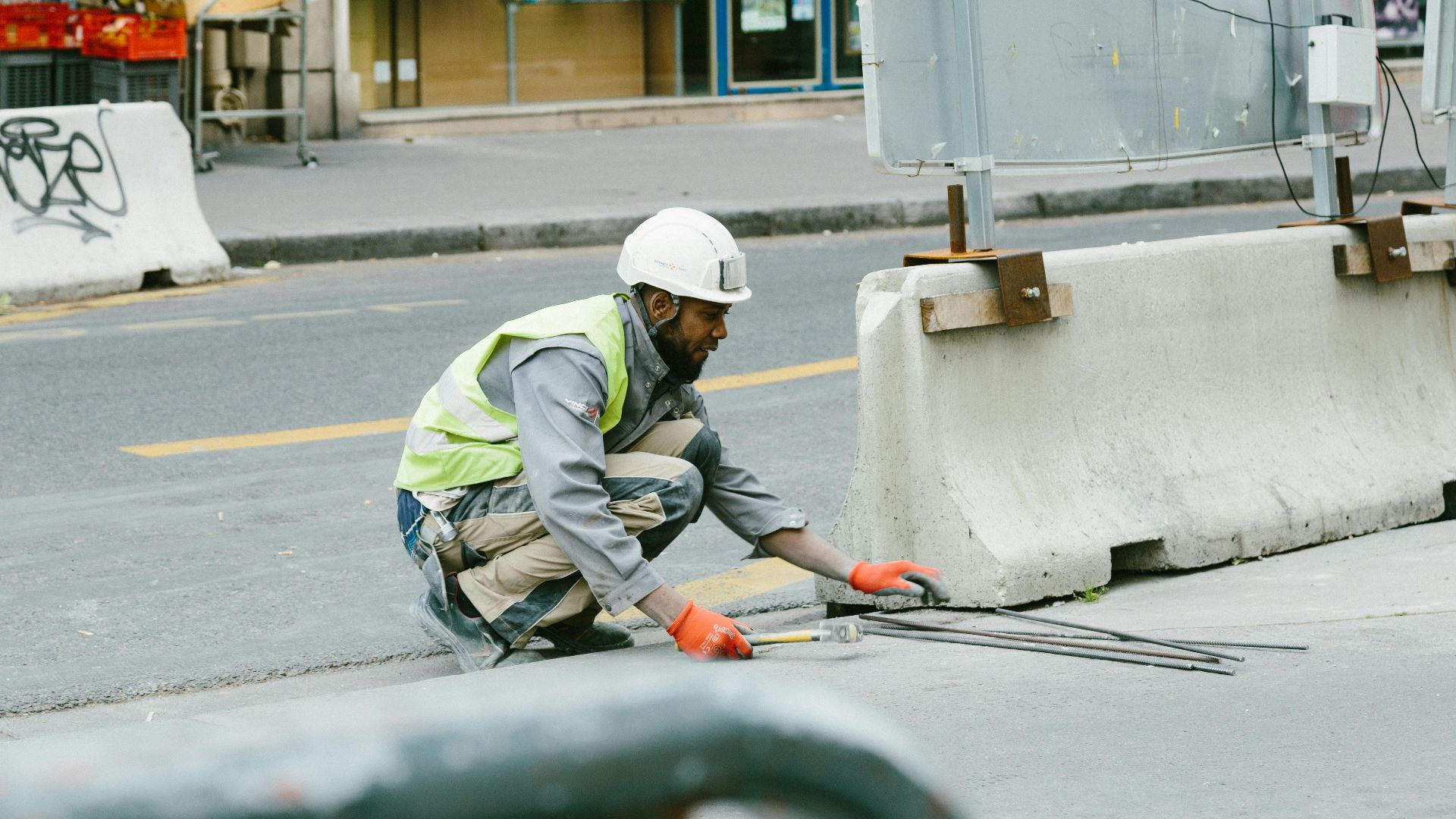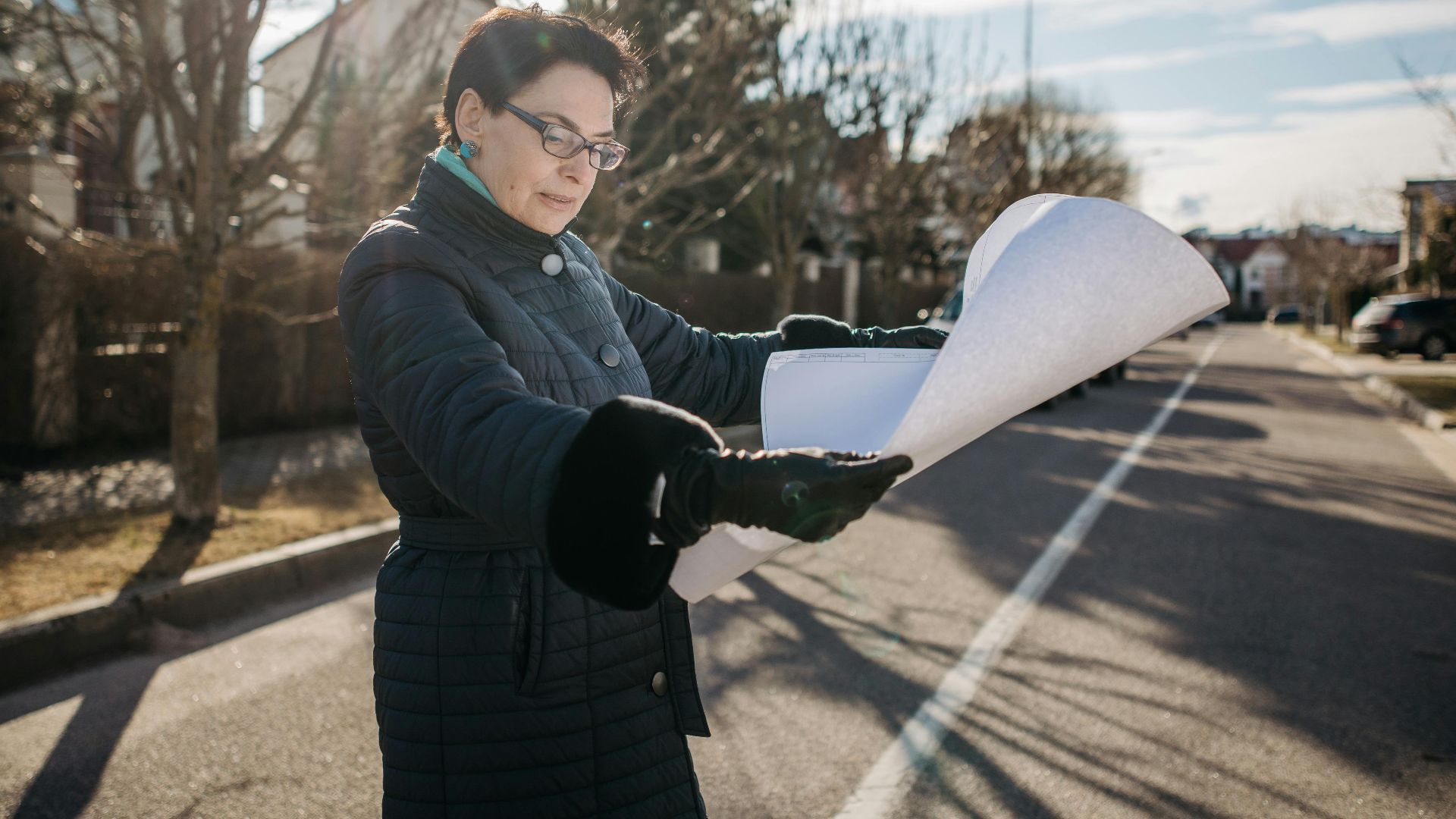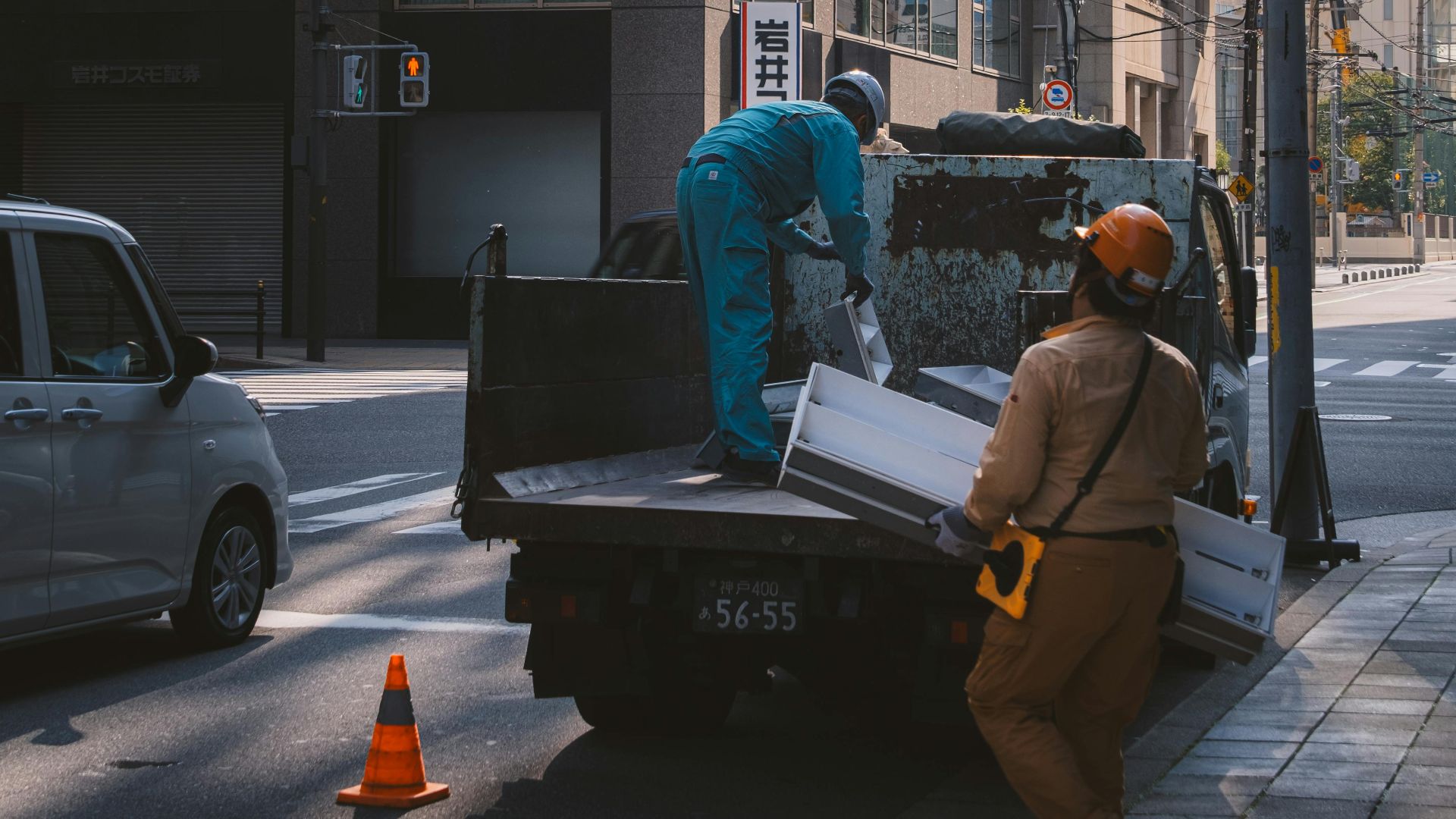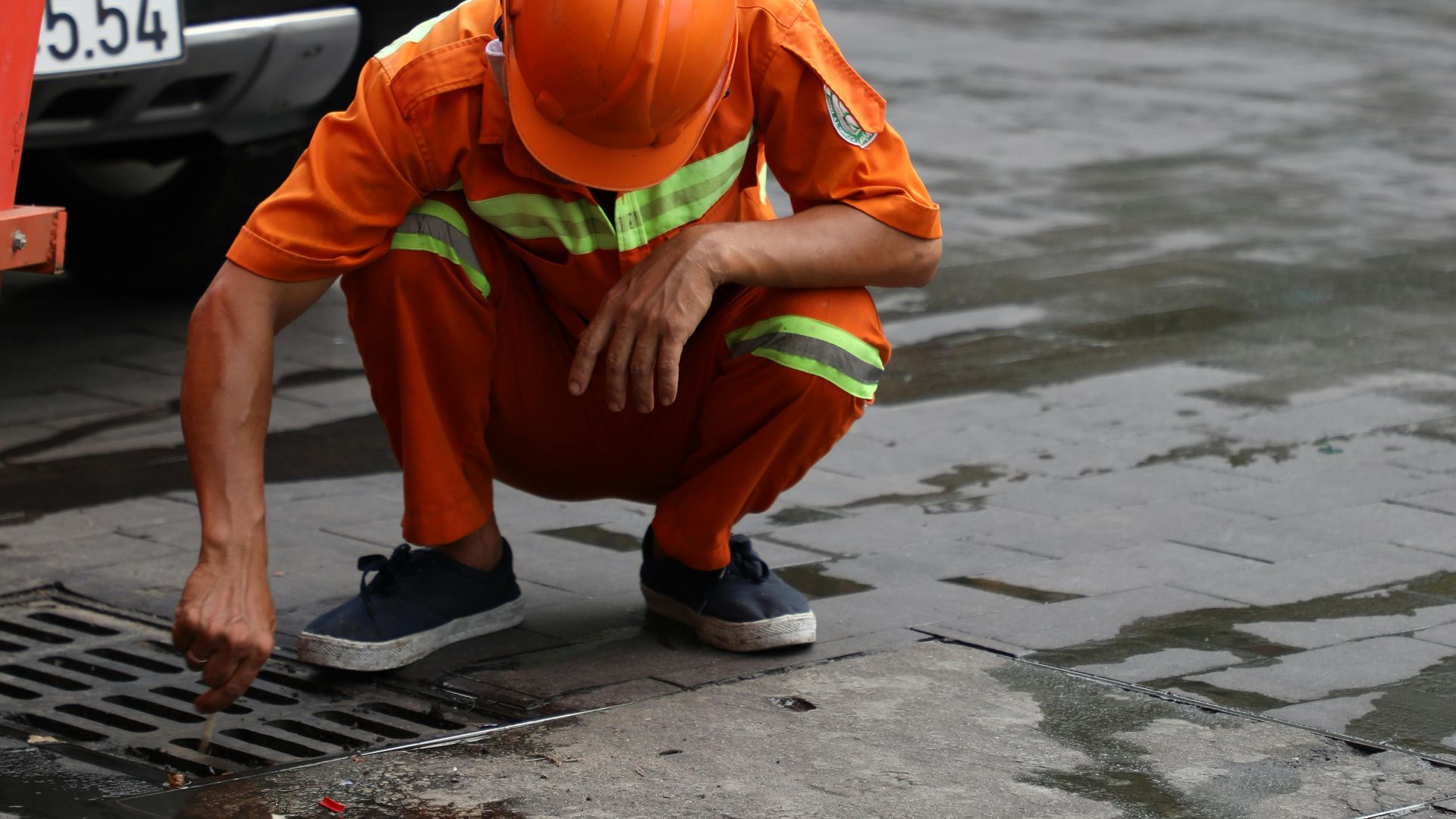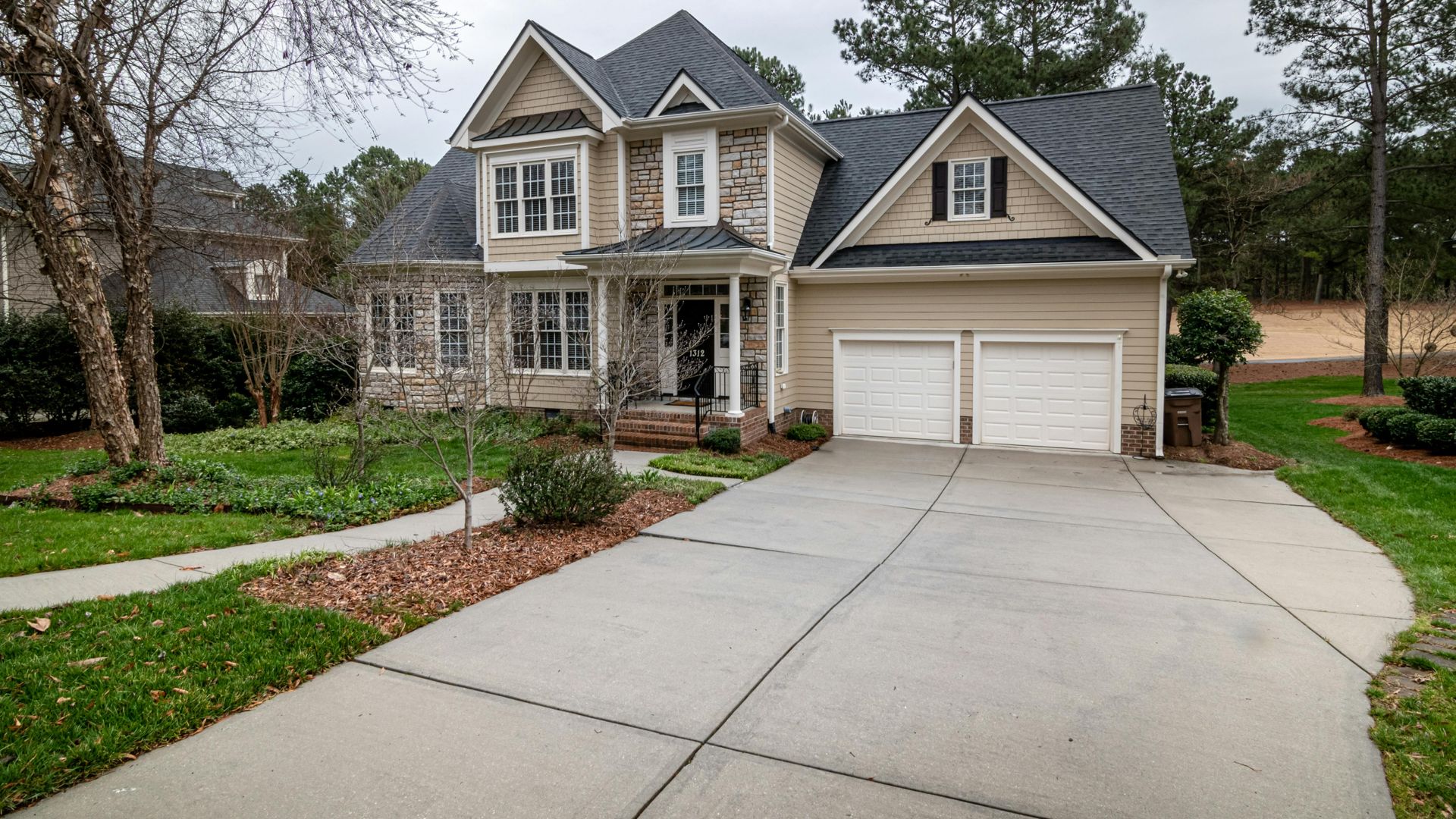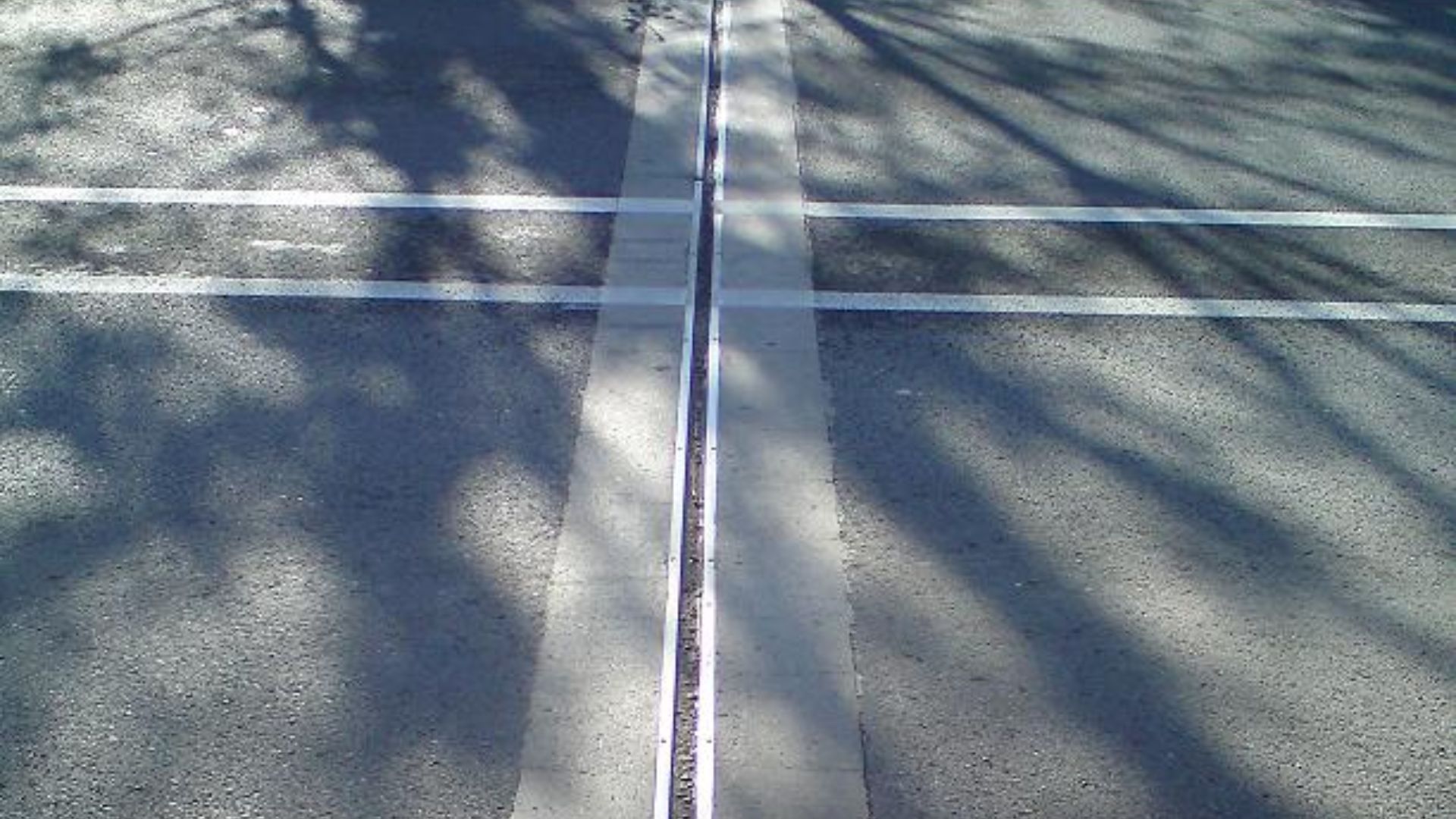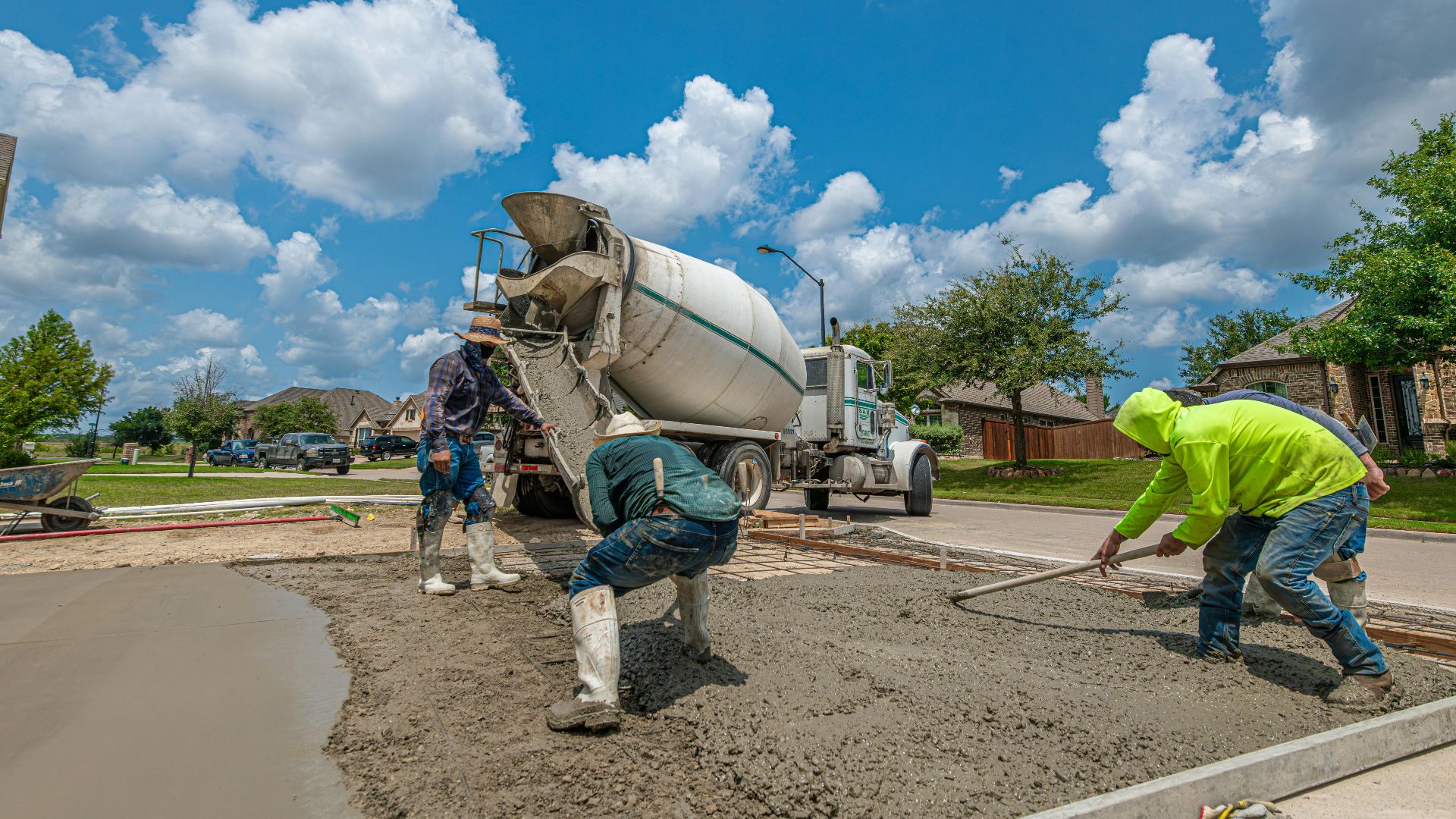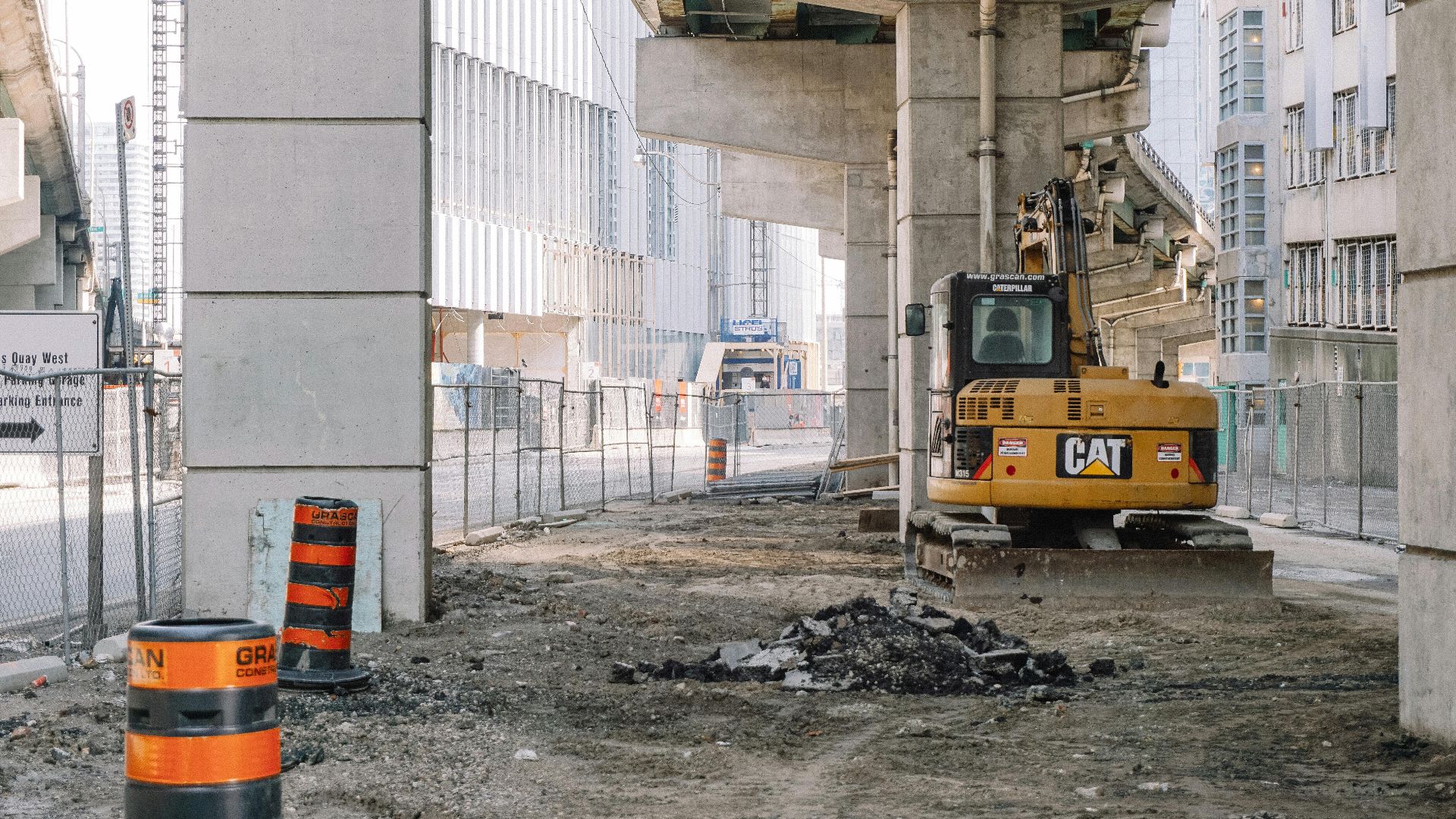Keeping Your Driveway In Shape
Driveways quietly change, until one day the wear feels impossible to ignore. At that point, patching only delays the inevitable, and repaving becomes the answer. Before it causes damage to your home's foundation, it's important to fix your driveway with a permanent solution. So, we'll first show you the warning signs that repaving can't wait, then share practical tips to tackle the job the right way.
1. Cracks And Fissures
A few hairline cracks might seem harmless at first glance, yet they open the door for water to seep in. Once moisture settles, freeze–thaw cycles make everything worse. If left alone, those tiny lines soon stretch across your driveway, demanding a full replacement.
2. Potholes
Nothing makes a driveway look neglected quite like potholes. They form when weather and weakened material combine. At first, you’ll notice small dips, then suddenly your car hits a jarring bump every time you park. The longer they stay, the quicker they multiply.
3. Uneven Surface
Step across your driveway and notice if it feels like a patchwork of highs and lows. That unevenness usually points to erosion or foundation issues lurking underneath. Besides being a tripping hazard, it signals the surface won’t last much longer without serious attention.
4. Water Pooling
After a rainstorm, do puddles stick around instead of draining away? If yes, then those lingering pools aren’t just inconvenient—they speed up surface wear. Stagnant water encourages moss and even ice hazards in winter. A driveway that struggles to drain is already showing its age.
5. Faded Surface
Driveways don’t fade overnight, but over the years, asphalt dulls and concrete discolors. That washed-out look often means the protective seal is gone, leaving material vulnerable to sun chemicals and water. By the time fading is obvious, resurfacing is usually the smarter option.
6. Crumbled Edges
Pay attention to the outer line of your driveway near the sidewalk or grass. A chipped edge is often the first sign of trouble. As the weakness advances, cracks open and corners fall apart. Repairing at this stage keeps the surface strong and saves major replacement costs.
7. Tree Root Damage
Those charming shade trees near your driveway may be less friendly underground. Roots can push upward and crack or warp concrete and asphalt. At first, it’s a small lift, then entire sections start shifting. Once roots win that battle, only repaving can smooth things out again.
8. Drainage Problems
Watch how rainwater moves across your driveway. Water that flows toward the garage or foundation creates a serious risk. A poor slope gradually shows its damage, from damp walls to weakened structures. Correcting the problem requires a full redesign of the driveway.
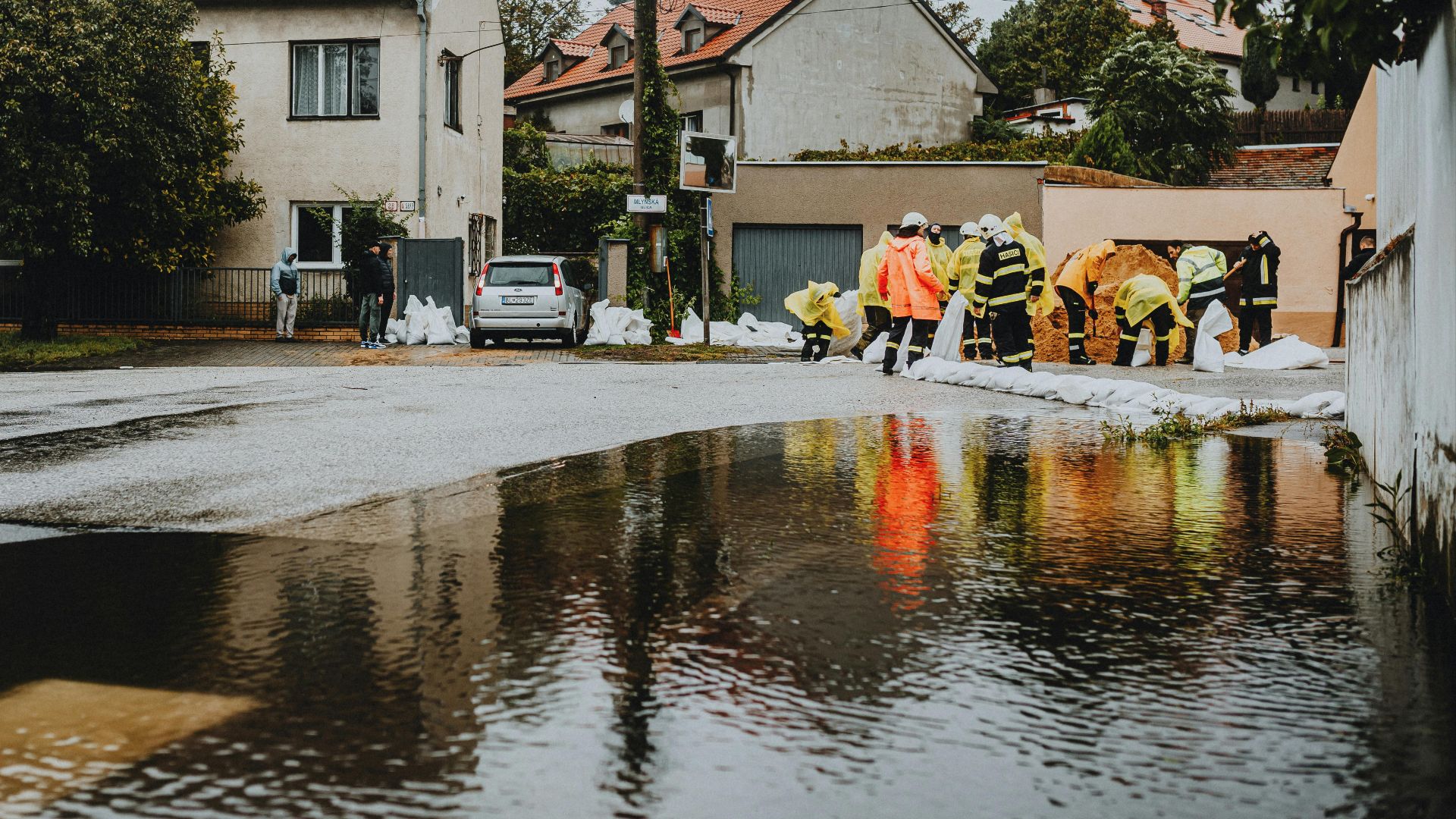 Helena Jankovičová Kováčová on Pexels
Helena Jankovičová Kováčová on Pexels
9. Oil Stains And Surface Erosion
Oil and chemicals don’t just stain; they eat away at asphalt and concrete. Over months, the surface becomes brittle, uneven, and rough. Even with cleaning, erosion leaves scars that patching can’t hide. At that point, resurfacing isn’t cosmetic—it’s necessary.
10. Frequent Repairs
If you’re calling in quick fixes every season, the driveway is already telling you it’s done. Patches only hold so long before the same problems resurface. Eventually, repeated repairs cost more than starting fresh, so complete repaving is a cheaper and better choice.
After you notice any of these signs, it’s time to make sure your next driveway lasts longer.
1. Time The Project Correctly
Timing makes a bigger difference than most people think. Laying asphalt or concrete in rainy weather weakens the surface, and freezing conditions create cracks before it even sets. So, it's best to choose warm, dry days to ensure proper installation.
2. Hire Experienced Contractors
Starting with the right team makes all the difference. Professionals know how to grade the land and spot small issues before they grow. Many even take care of permits and offer warranties, which means you get peace of mind long after the project ends.
 Orgildavaa Tsedensamba on Pexels
Orgildavaa Tsedensamba on Pexels
3. Remove Debris
A strong driveway starts with a clean base. Rocks or even loose soil trapped underneath prevent the material from bonding properly. Clearing everything out beforehand gives the paving a chance to set evenly and prevents weak spots from forming later.
4. Inspect The Base
Before a single layer goes down, the base should be checked closely. Weak soil or leftover debris weakens everything that follows. A stable foundation made from crushed stone or gravel ensures the pavement won’t sink or shift. It gives a new driveway the strength to hold up.
5. Choose Quality Materials
After the crew is in place, attention turns to the surface itself. Asphalt, concrete, or pavers each bring their own strengths, but the key is quality. Durable materials not only stand up to changing weather, but they also reduce how often you’ll need repairs.
6. Don't Ignore Drainage Fixes
Water can quietly become a driveway's biggest enemy, which is why grading matters so much. When the slope directs rain away from the surface, you avoid pooling and damage to your landscaping. This step sets the foundation for fewer repairs and a much longer lifespan.
7. Make Sure The Thickness Is Even
Consistency matters once the materials go down. A driveway that’s poured evenly across the surface stays stronger over time, while thin patches tend to crumble under pressure. The thickness should be steady from edge to edge. This way, you get a smoother finish that lasts.
8. Opt For Expansion Joints
Temperature shifts cause concrete to move, and that movement leads to cracks without the right planning. Expansion joints act like relief points, giving the surface space to adjust. With them in place, the driveway can handle seasonal changes without breaking apart.
9. Seal The Surface
Once the driveway is complete, sealing adds an extra layer of defense. It shields against sunlight, rain, and chemicals that might otherwise break it down. Beyond protection, a fresh coat also restores a finished look to keep the surface both sturdy and attractive.
10. Schedule Regular Maintenance
Once the driveway is finished, the job isn’t over. Small cracks or fading color can be addressed with sealing and touch-ups before they grow worse. A little attention every year or two extends the life of the surface and keeps it looking sharp.



